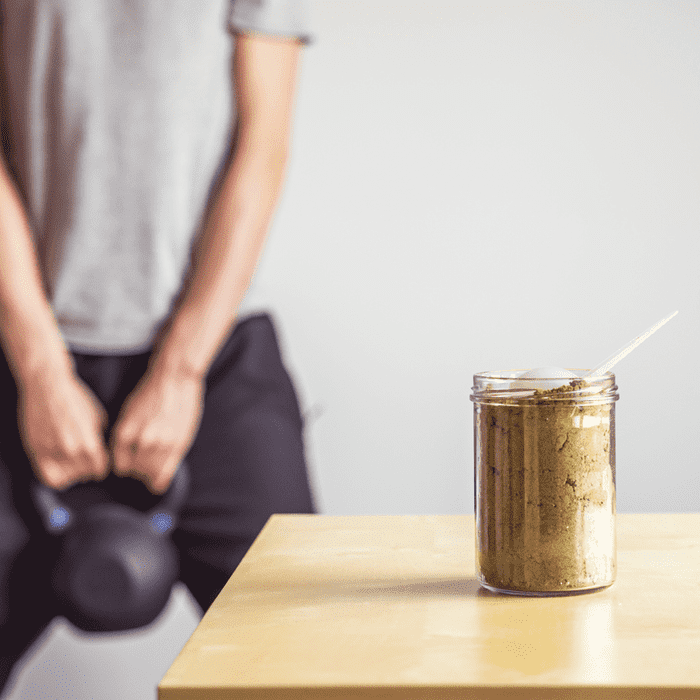Pamela Hadfield, the co-founder of HelloMD, suffered from “head-splitting” migraines that would leave her in bed for days, beginning when she was 14. She was prescribed traditional migraine medication—which didn’t always work and had unpleasant side effects, leaving her “foggy and practically comatose in bed.” Pamela finally found relief years later after trying cannabidiol (CBD) sublingual spray. That experience—and the relief she found using cannabis—was what inspired her to begin HelloMD.
Here are several lifestyle changes you can incorporate into your day—including adding cannabis to your daily routine—to help you get a handle on preventing and managing your migraines.
Microdose With Marijuana to Keep Migraines at Bay
Taking very small amounts of cannabis is also known as microdosing and can be an effective way to medicate. CBD has been shown to relieve neurogenic pain, and tetrahydrocannabinol (THC) has anti-inflammatory properties—both can help reduce migraines.
Stay Hydrated to Ward Off Migraines
Getting enough water throughout the day keeps you from getting dehydrated, which is a common trigger for migraines. To make sure you’re getting enough fluids, set a daily water intake goal and try to keep a water bottle nearby. Eating fruits and vegetables that are high in water content can help too. Some good choices are watermelons, strawberries, zucchini, and cucumbers.
Practise a New Response to Stress
It’s no secret that chronic stress and anxiety lead to tension throughout the body, so learning how to manage your mood can do a lot to help reduce migraines. Finding an outlet like physical movement (yoga, walking, stretching), meditation, listening to calming music, or just having a good laugh can all help you decompress and prevent your body from responding to stress with a raging migraine.
Keep Your Sleep Routine in Check
While you’re asleep, your body does most of its repair, but too much sleep can be just as much of a problem as sleeping too little. Pay attention to your sleep patterns and take note if it’s late nights with little sleep that triggers your migraines or if it’s sleeping in for too long that makes the difference. If possible, try to avoid major changes in your sleep schedule that may disrupt your normal routine and throw off your body’s internal clock.
Get Physical to Reduce Migraine Frequency
Speaking of physical movement, studies have shown—and many migraine sufferers report—a reduction in migraine frequency with regular exercise. When you exercise, your body releases endorphins, which act as a natural painkiller and stress reliever, and also help improve sleep. The key is finding a physical activity you like and are more likely to stick with, whatever it is. Just be careful not to start any exercise if you’re already in the middle of a migraine episode, and avoid extremely strenuous activities as they can trigger migraines.
Avoid Foods that Are Potential Migraine Triggers
For some people, foods high in histamines, nitrates, sulfates, and/or tyramine such as avocados, bananas, citrus fruits, soy, cured and processed meats, aged cheese, red wine, nuts, and chocolate can trigger a migraine. It may be helpful to keep a food diary so you can pinpoint foods that coincide with your migraines. That way, you can start making some informed changes to your diet as a means of prevention.
Hopefully, with a little bit of experimentation, you’ll find the right combination of sleep schedule, eating patterns, and cannabis consumption to help you live your best life—migraine-free.
Get a Medical Marijuana Card Online
It's easy to get your medical marijuana document with the online Telehealth service HelloMD. Register, pay, and receive an online medical consultation with a licensed practitioner and purchase medical cannabis today. You don't pay unless you're approved!






